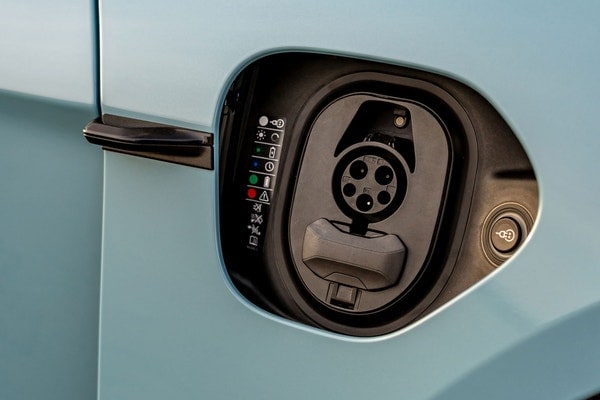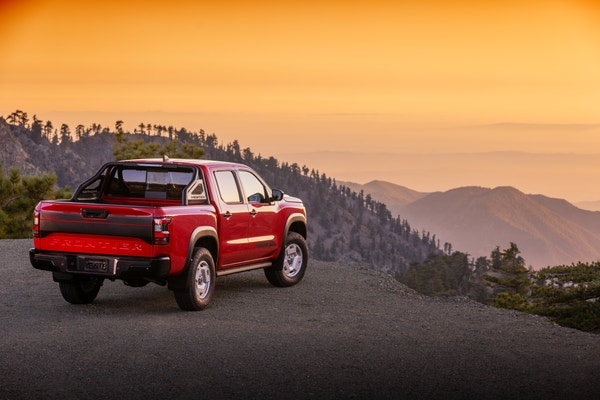Used 2017 Nissan GT-R NISMO Coupe Review
Consumer reviews
There are no consumer reviews for the 2017 Nissan GT-R NISMO Coupe.
Edmunds Summary Review of the 2017 Nissan GT-R NISMO Coupe
Pros & Cons
- Pro:The Nissan GT-R is a stunner when it comes to acceleration, handling and braking
- Pro:Even novice drivers will be able to extract impressive performance results
- Con:The GT-R's reliance on technology might leave some drivers feeling disconnected
- Con:The transmission sometimes lurches clumsily at low speeds
- Con:The stiff ride quality could prove tiresome
Full Edmunds Review: 2017 Nissan GT-R Coupe
Driving
There's no denying the 2017 Nissan GT-R's performance credentials. It's blindingly quick and knifes through corners with impressive precision. As inspiring as that sounds, there's something that purists will miss, and that's a mechanical and emotional connection that is difficult to quantify. The combination of advanced all-wheel drive and clever technology built into the stability and traction control systems makes it much easier for novice drivers to go fast, but seasoned drivers could feel somewhat disconnected from the car.
In simplest terms, you just point the car where you want it to go and mash the throttle, and there's certainly a lot to enjoy about that. Not everything is perfect, though, as the GT-R is a bit nose-heavy and it tends to understeer more than you'd expect from such a performance-oriented machine. Outside of a race environment, the GT-R is fairly easy to live with, but the stiff ride quality and some inelegant clunks and lurches from the transmission might wear thin with some drivers.
Interior
At first glance, the 2017 Nissan GT-R's interior doesn't look much different from previous years, but there are some distinct improvements. There are far fewer switches and buttons now, with many replaced by a knob on the center console that controls infotainment functions. The high-mounted screen is also an inch larger than before.
Familiar features include numerous infotainment menus that are devoted to performance, along with data playback that rivals the telemetry used by top race teams. It's also worth noting that the mere act of getting in and out is as straightforward as it is in a typical passenger car. Many sports cars in this class require awkward contortions, but with the GT-R you just hop in and drive.
The front seats are notable for their support and comfort over long distances, though it's disappointing that the passenger seat has fewer adjustments. The rear seats are small and best left to children or cargo. The trunk is deep, but the high liftover height and narrow opening hamper loading. Capacity is limited to 8.8 cubic feet, and the rear seatbacks do not fold forward.
Edmunds Insurance Estimator
The Edmunds TCO® estimated monthly insurance payment for a 2017 Nissan GT-R in Ohio is:
not available


